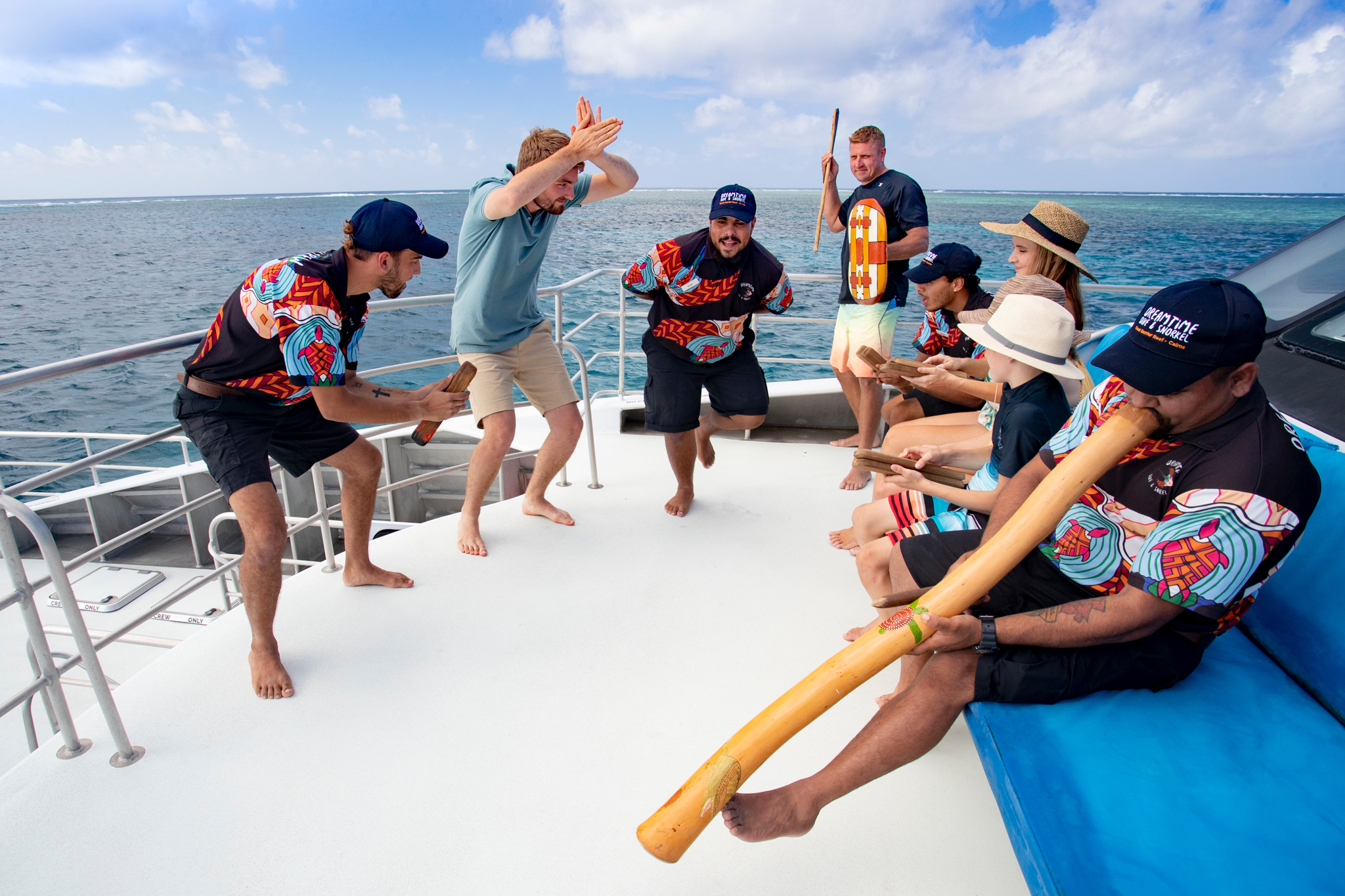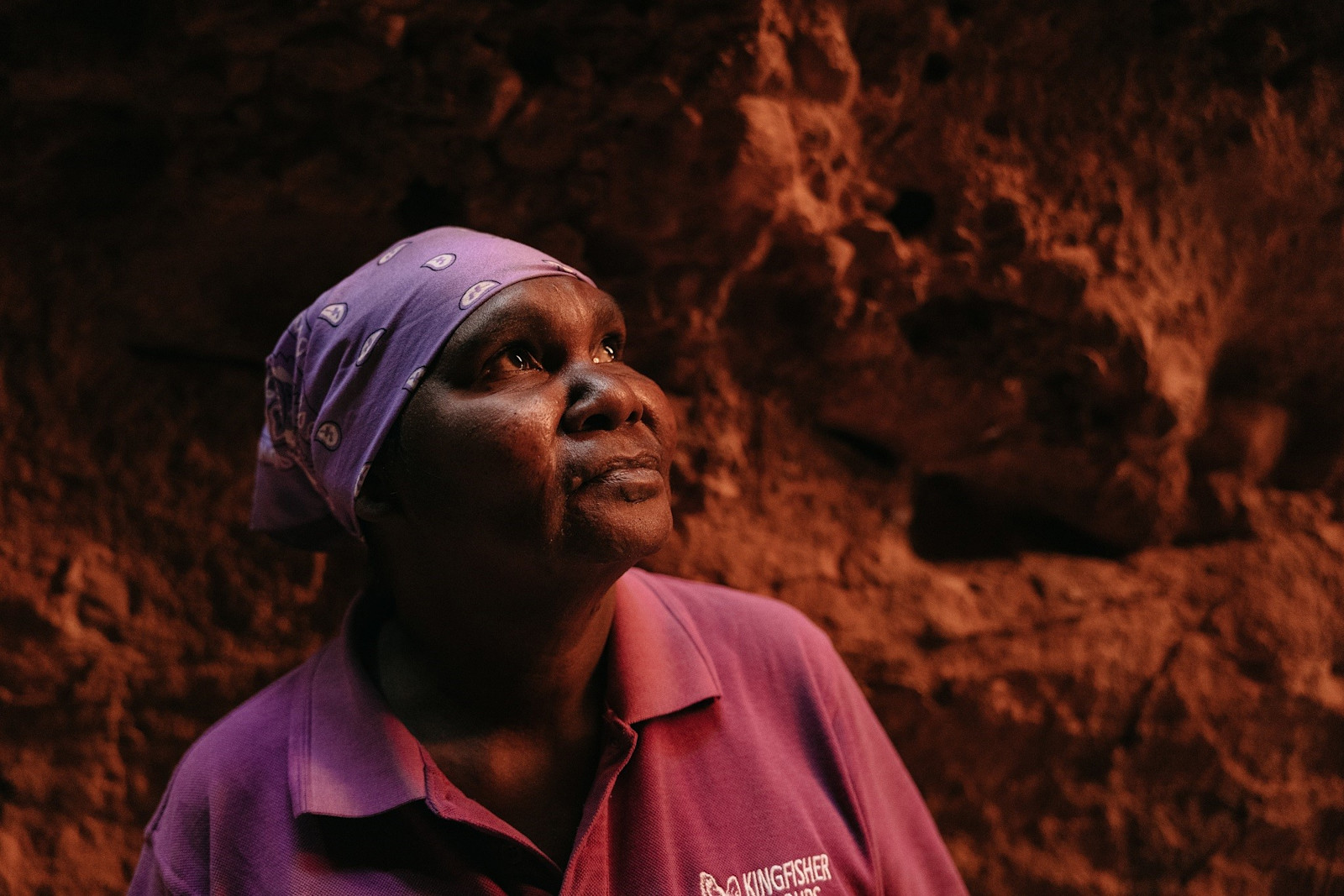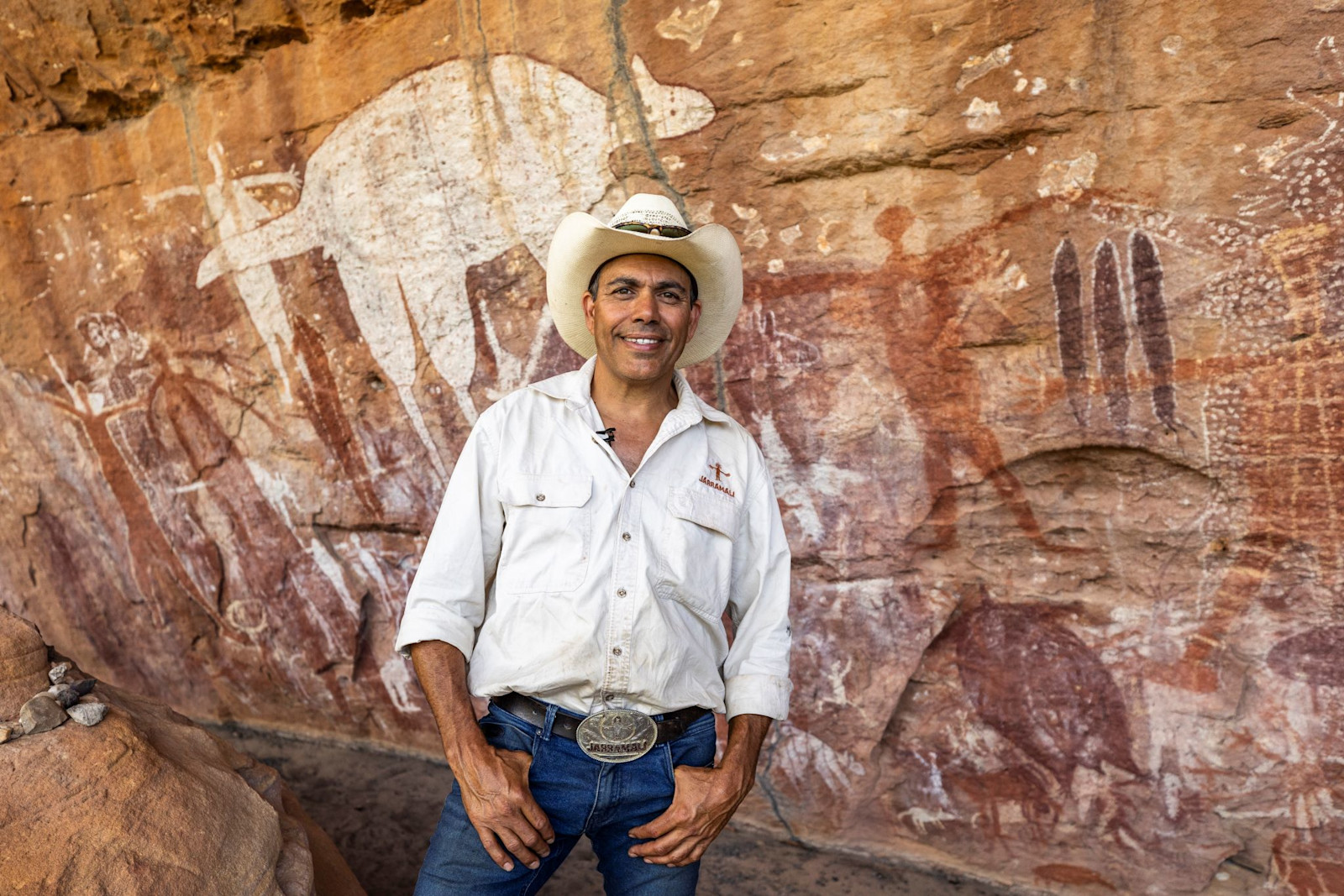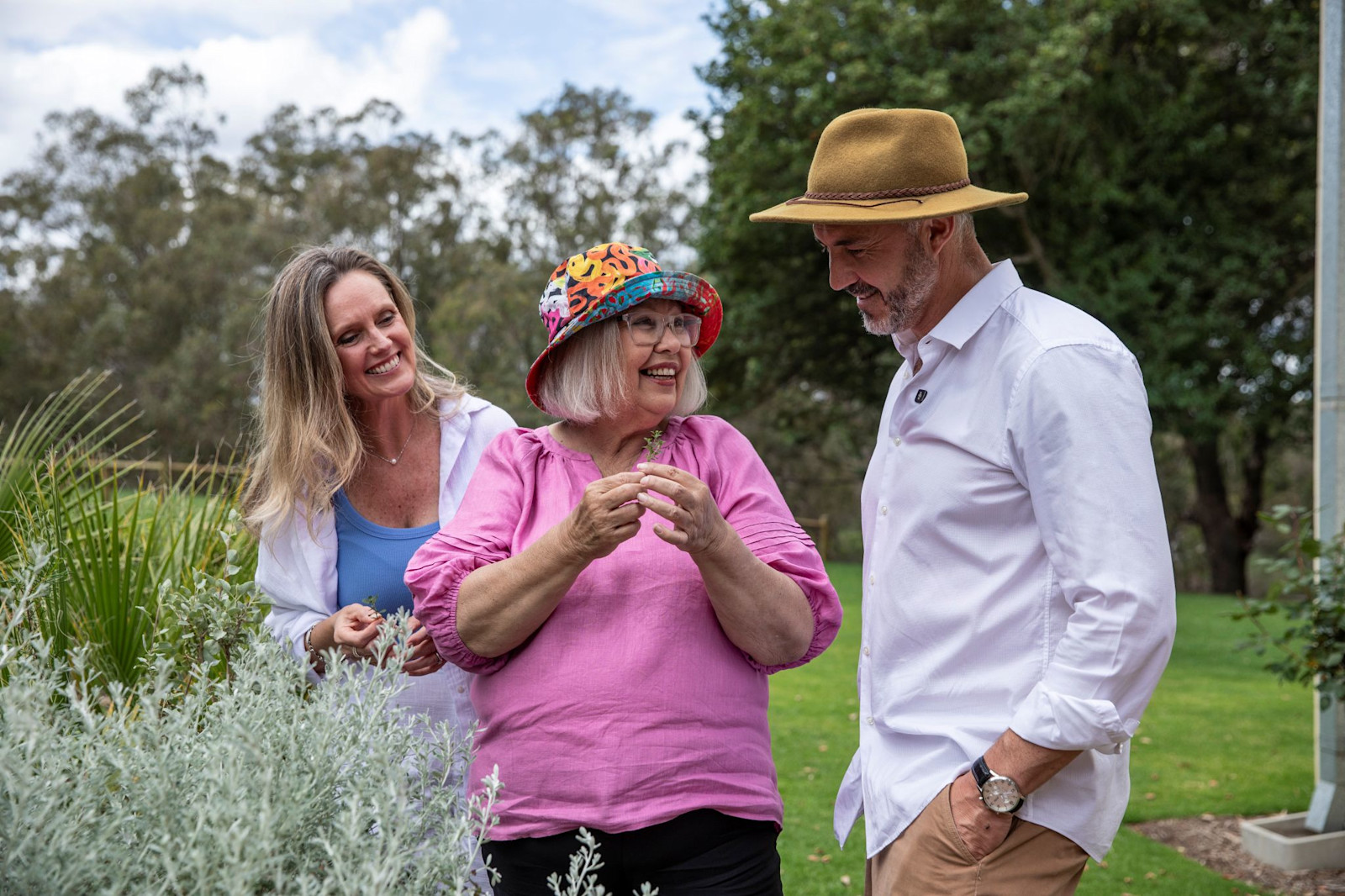What does reconciliation mean in Australia?
Reconciliation is about strengthening relationships between Aboriginal and Torres Strait Islander peoples and non-Indigenous peoples, for the benefit of all Australians.

A group with an Indigenous guide from Burrawa Aboriginal Guide Experience at the top of the Sydney Harbour Bridge © Destination New South Wales
What does reconciliation mean in Australia?
According to the Australian Human Rights Commission, reconciliation requires the recognition and respect of Australia’s First Peoples, the acknowledgement of past injustices and the ongoing inequalities experienced by Aboriginal and Torres Strait Islander peoples, and a commitment to working towards a more equal and respectful future.
Independent not-for-profit organisation Reconciliation Australia describes reconciliation as being about strengthening relationships between Aboriginal and Torres Strait Islander peoples and non-Indigenous peoples, for the benefit of all Australians.
According to the Australian Human Rights Commission, reconciliation requires the recognition and respect of Australia’s First Peoples, the acknowledgement of past injustices and the ongoing inequalities experienced by Aboriginal and Torres Strait Islander peoples, and a commitment to working towards a more equal and respectful future.
How did reconciliation come about in Australia?
In 1991 the Royal Commission into Aboriginal Deaths in Custody presented its final report and recommendations to the Australian Parliament, including calling for a process of national reconciliation. Australia has since taken many other steps towards reconciliation. Among them is the Mabo decision of 1992 that busted the myth of terra nullius and the Native Title Act passed the following year, the formal apology to the Stolen Generations by then-Prime Minister Kevin Rudd on behalf of the Australian Parliament in 2007, and the Black Lives Matter protests of 2020.
How can I contribute to reconciliation?
Held over a week in May and June each year, National Reconciliation Week encourages Australians – and visitors – to learn about the nation’s shared histories, cultures, and achievements, and to explore how each of us can contribute to achieving reconciliation.
And what better way to support reconciliation than booking an Aboriginal tour? By taking a tour with Mabu Buru Tours in Broome in Western Australia, you won’t only support an opportunity for your Aboriginal guides to share and practice their storied culture. A percentage of profits are donated to the not-for-profit Mabu Buru Foundation, which supports the preservation of Aboriginal lore and culture across the west Kimberley region.

An Indigenous guide from Burrawa Aboriginal Guide Experience at the top of the Sydney Harbour Bridge, Aboriginal Flag in background © BridgeClimb Sydney
Discover why the permanent installation of the Aboriginal flag atop the Sydney Harbour Bridge was an important step in the reconciliation process on the Burrawa Aboriginal Climb Experience, an ascent of the iconic bridge led by an Indigenous storyteller guide. Or dive into the Great Barrier Reef with Dreamtime Dive & Snorkel to gain an insight into traditional ecological reef management and the role of ancestral Aboriginal wisdom in protecting Australia’s spectacular ecosystems for all.
Another great way to support reconciliation is to support Australian businesses, including tourism businesses, with a Reconciliation Action Plan (RAP) in place. Based around the core pillars of relationships, respect and opportunities, RAPs are designed to provide tangible and substantive benefits for Aboriginal and Torres Strait Islander peoples, increasing economic equity and supporting First Nations self-determination. Over 2,700 organisations currently have a RAP – search for them here. More information on Tourism Australia's Reconciliation Action Plan can be found here.

Dreamtime Dive & Snorkel, Great Barrier Reef, QLD © Tourism and Events Queensland












